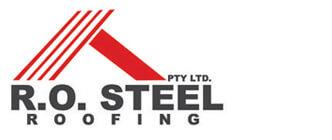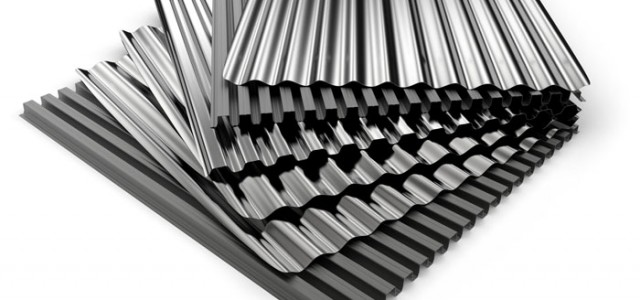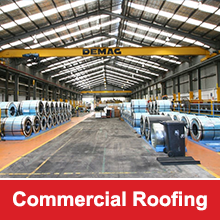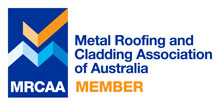When you think about how a building keeps cool, the most common thought is air conditioning. But in reality, the real line of defence against the heat is a building’s roof. And a hot Australian day in the life of a good roof should include releasing, not storing and absorbing, the sun’s rays.
Consider this, if you’re outside sitting on a chair covered in black fabric and you get up and go to the kitchen for a cup of coffee, your chair will be warm when you get up, and it will still be warm when you return. But let’s say if your chair is metal, clay, moulded plastic or slate, it could only be slightly warm to the touch when you get up or it will be entirely cooled on your return.
Old fashioned shingle roofing materials hold and transfer heat in a similar way. Roofing with felt-like materials overlaid with asphalt and tar hold heat, and can even transfer it downward into a building, while other roofs will reflect light and heat upward and away from a building instead. When choosing the roof for your commercial or industrial building, it’s important to consider all of this.
Top 4 Roofing Materials for the Australian Climate:
White Flat Tile:
Made of ceramic, elastomeric material or combinations of fibers and cement. This roofing option ranked very high in testing as both being very heat-reflective and long lasting. Flat white cement tiles can reflect as much as 77 percent of the sun’s rays.
“Rubber” Membrane Roofing:
Made from durable weather-resistant thermoplastic or a synthetic rubber called EPDM (ethylene propylene diene Monomer). EPDM is a common roofing material in commercial building praised for its long wear, and it’s a thermoset ability. EPDM usually comes in long rolls or sheets for covering large areas quickly.
White Metal Roofing:
Even though it only reflects about 66 percent of the sun’s energy away from a roof, less than its ceramic counterpart. It does have one big advantage compared to other roofing types, it cools down faster at night-time, and holds less heat for shorter periods of time.
Although metal roofing can cost 20 to 30 percent more than traditional roofing, the energy savings, durability and lowered maintenance, make it a cost saver overall.
Colorbond Steel Roofing:
Colorbond Steel has actually been built specifically for the Australian weather climate, through the blistering summer sun to the coldest winter nights. Colorbond steel also has the advantage of being very flexible allowing your roof and building to achieve the most modern and unique of designs.
Find out which Roofing Material is best for you!
If you are considering replacing the roof on your large commercial, residential or industrial building, then give us a call on (02) 9660 5937 or send us an enquiry and chat with a member of our experienced team. They will be able to enquire about your requirement and recommend the best material to match your building’s needs.
Thanks for reading,
Russell Steel
R.O. Steel Roofing
(02) 9660 5937






Comments are closed.